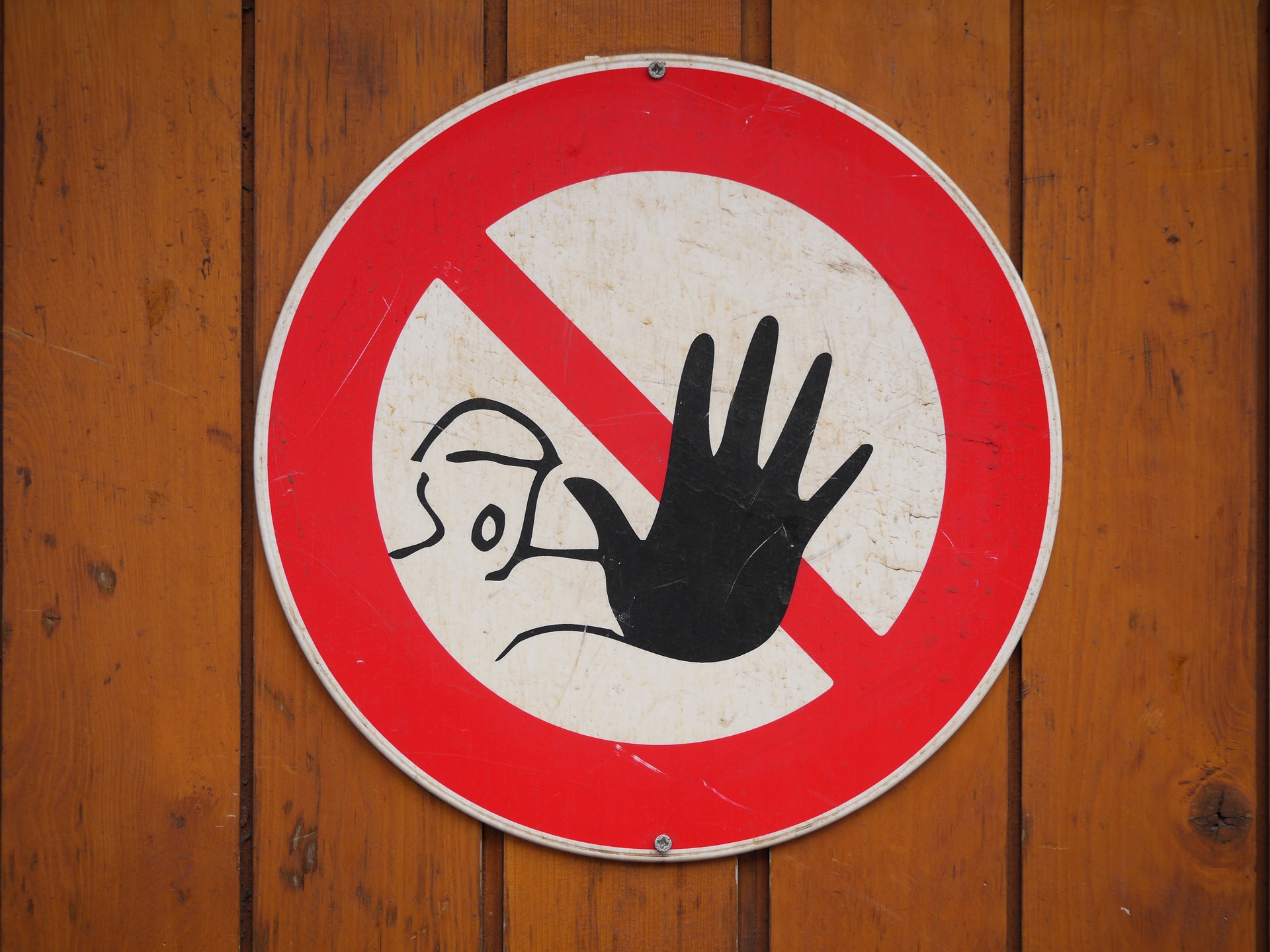We Have Ways To Stop Rogue Scientists. They Don’t Always Work.
By Maggie Koerth-Baker,
FiveThirtyEight
| 12. 10. 2018
How do you stop a mad scientist?
We’ve been doing it in fiction for centuries. Doctor Faustus was carried off to hell. Pneumonia and an Arctic ice flow ended Victor Frankenstein. Doctor Moreau’s own creations ultimately did him in, which is a more poetic way of saying that he ended up on the wrong end of a fight with a puma-woman.
But all of these fictional comeuppances are proxies for our frustration with science’s potentially unchecked power. Lacking the devil, or a deus ex machina, us nonfictional people are still faced with the challenge of stopping rogue researchers. So can the public control science that leaves us with permanent and unenviable consequences? Recent news suggests that the answer is “not really.” There are tools that we can use to place limits on scientists and the choices they make. But none of them can fully, reliably, put the public in the driver’s seat. And maybe that’s OK.
The mad scientists of the past — both the imaginary and the all too real — have been on my mind. On...
Related Articles
By Josie Ensor, The Times | 12.09.2025
A fertility start-up that promises to screen embryos to give would-be parents their “best baby” has come under fire for a “misuse of science”.
Nucleus Genomics describes its mission as “IVF for genetic optimisation”, offering advanced embryo testing that allows...
By Hannah Devlin, The Guardian | 12.06.2025
Couples undergoing IVF in the UK are exploiting an apparent legal loophole to rank their embryos based on genetic predictions of IQ, height and health, the Guardian has learned.
The controversial screening technique, which scores embryos based on their DNA...
By Frankie Fattorini, Pharmaceutical Technology | 12.02.2025
Próspera, a charter city on Roatán island in Honduras, hosts two biotechs working to combat ageing through gene therapy, as the organisation behind the city advertises its “flexible” regulatory jurisdiction to attract more developers.
In 2021, Minicircle set up a...
By Vardit Ravitsky, The Hastings Center | 12.04.2025
Embryo testing is advancing fast—but how far is too far? How and where do we draw the line between preventing disease and selecting for “desirable” traits? What are the ethical implications for parents, children, clinicians, and society at large? These...




